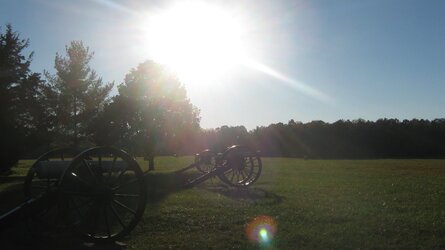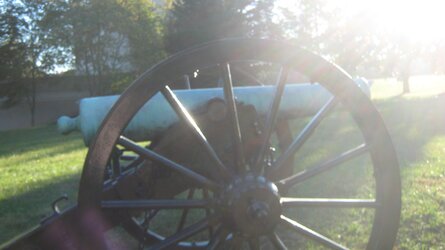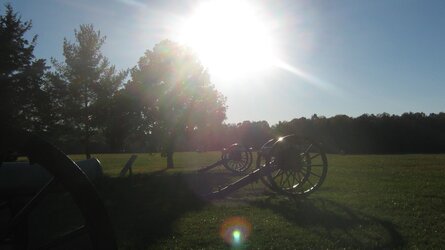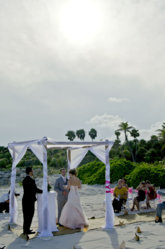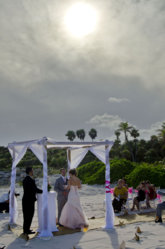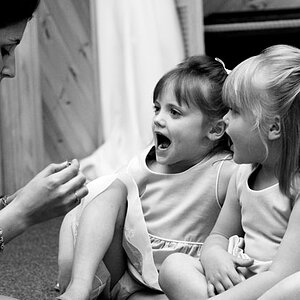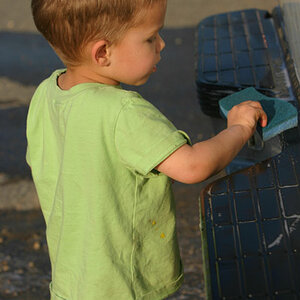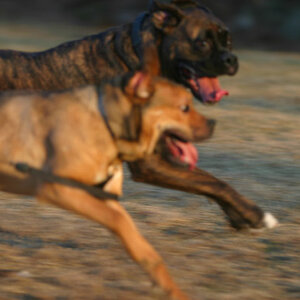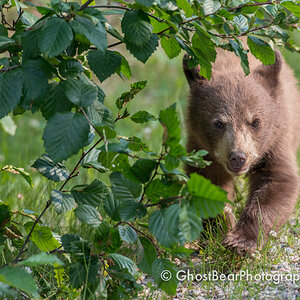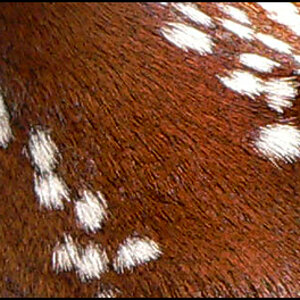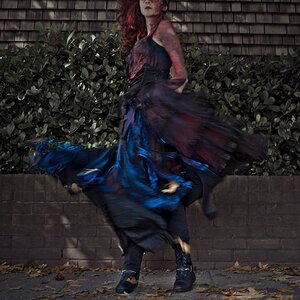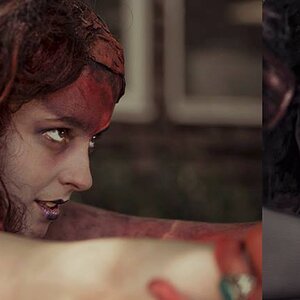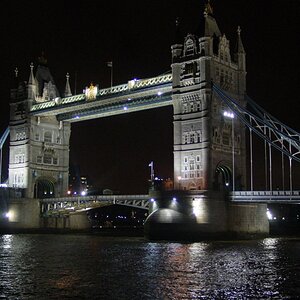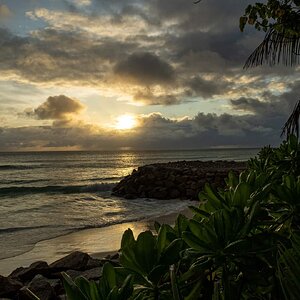PhotoTurtle
TPF Noob!
- Joined
- Sep 30, 2014
- Messages
- 39
- Reaction score
- 5
- Location
- just outside Chattanooga, TN
- Can others edit my Photos
- Photos OK to edit
I was out yesterday taking some photos around town. I am wanting to play with light and shadow for one of my final project ideas. Anyway with my film camera I can pretty much shoot towards the direction of the light and see what it is I am trying to photograph without much of a problem.
I switch to my digital camera to take the same picture and I run into sun glare making it almost impossible to even see the screen. Is there a way to shoot with a digital camera facing the light that doesn't blind me so I can see what I am shooting?
Here's a couple of shots from the other day, I am not sure what that light is in the bottom of the first and third picture.
My digital camera btw is a Canon power shot.
I am open to any tips and suggestions on how to shoot towards the light.
I switch to my digital camera to take the same picture and I run into sun glare making it almost impossible to even see the screen. Is there a way to shoot with a digital camera facing the light that doesn't blind me so I can see what I am shooting?
Here's a couple of shots from the other day, I am not sure what that light is in the bottom of the first and third picture.
My digital camera btw is a Canon power shot.
I am open to any tips and suggestions on how to shoot towards the light.


